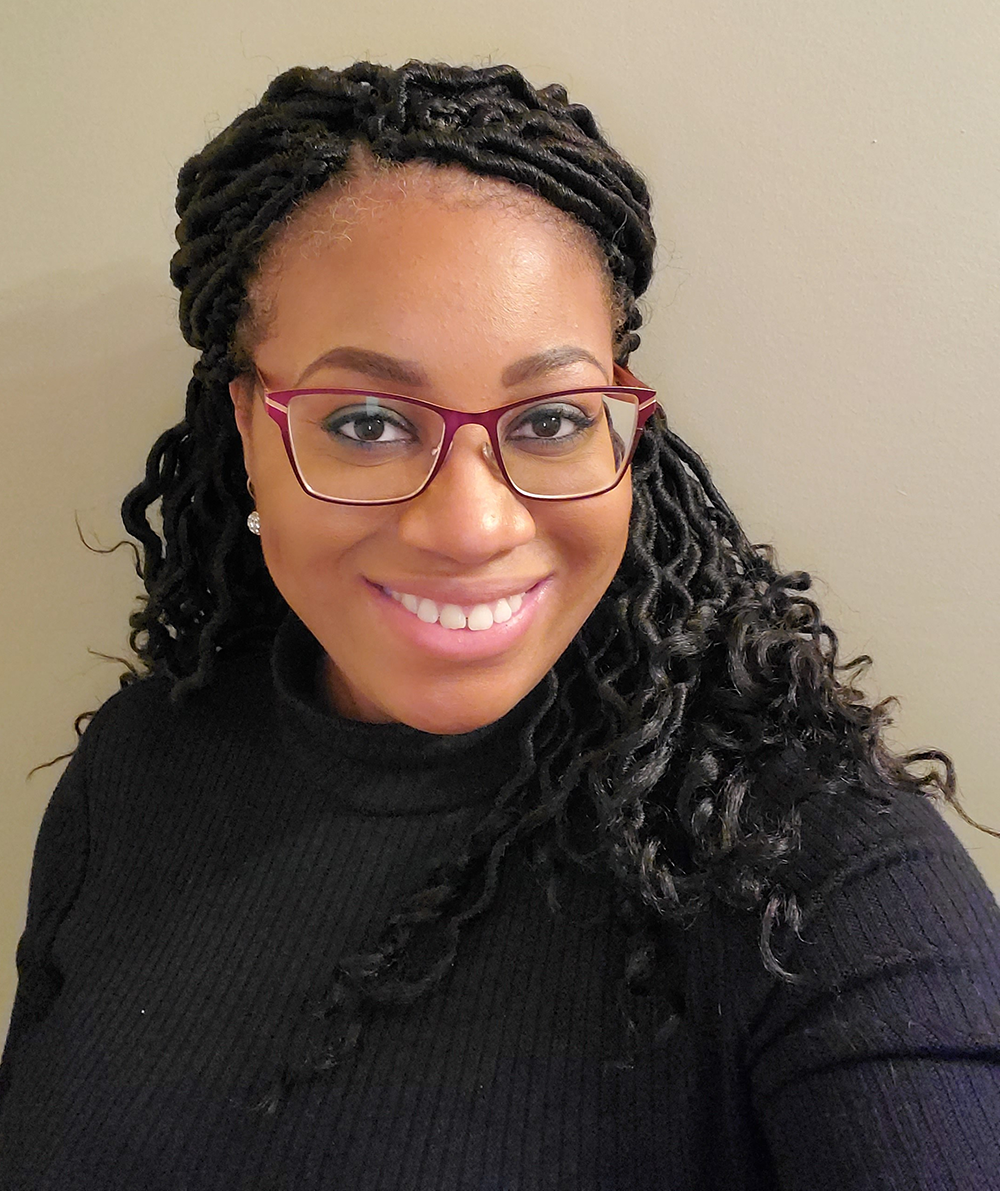How do we increase diversity in clinical trials? A new leadership role was created to help
Jamie Mitchell named assistant director of clinical research participation within Community Outreach and Engagement

One of the biggest challenges in clinical research is how to engage with underrepresented communities to encourage diverse participation.
“We as a cancer center community value research that represents more than just the majority population. We want to know our insights and discoveries apply to diverse populations. If we are having trouble recruiting diverse patients to our trials, having someone to think through issues strategically will help make it easier on researchers,” says Jamie Mitchell, MSW, Ph.D., assistant professor of social work.
This fall, Mitchell took on a new role with the Rogel Cancer Center as assistant director for clinical research participation, part of our Community Outreach and Engagement program. In her role, Mitchell will look to curate best practices for minority enrollment, providing a toolbox to help investigators consider diversity and inclusivity as they develop their trials.
“There are so many pieces out there in the literature but they’re in disparate corners. We can bring them together and package these best practices together in ways team members would find useful,” she says.
The role leverages work Mitchell is already doing to increase minority recruitment for aging-related studies. The Michigan Center for Urban African American Research is a multi-institution center grant that has been funded since 1997 by the National Institute on Aging. As co-director of their Community Liaison and Recruitment Core, Mitchell has helped sustain a health registry of more than 1,000 Black older adults who can be tapped to participate in studies looking at issues such as dementia, chronic disease, mobility and health behaviors.
“We actively cultivate the registry,” Mitchell says, citing check-ins, birthday cards and regular informational programs. “Those are the lessons I’m hoping to bring to the cancer space. How can we learn more about folks who are not engaged in clinical trials and what are the barriers?”
The Tuskegee experiments and other historic barriers weigh on many older Black people, but Mitchell notes that might not be the issue for younger generations. She recently gave a talk about research ethics and found the younger people in the audience were not as familiar with Tuskegee. But they had other questions about ethics and safety, including safeguards to protect them.
“We had a great discussion about IRBs and informed consent. We might be able to do broader community outreach around that. We can have a role in dispelling myths and letting people know there are many safeguards in place around clinical research,” Mitchell says.
Mitchell has begun a series of meetings with the clinical research teams and portfolio managers. She’s also reaching out to community groups to help build trust among those who are traditionally underrepresented in research.
“When you have a new grant, you don’t necessarily have time to build trust. We can be that bridge to support investigators and make those connections,” Mitchell says. “All our researchers value and understand why it’s important that their research reflects multiple communities. We can help them, bring it top of mind and offer support.”
